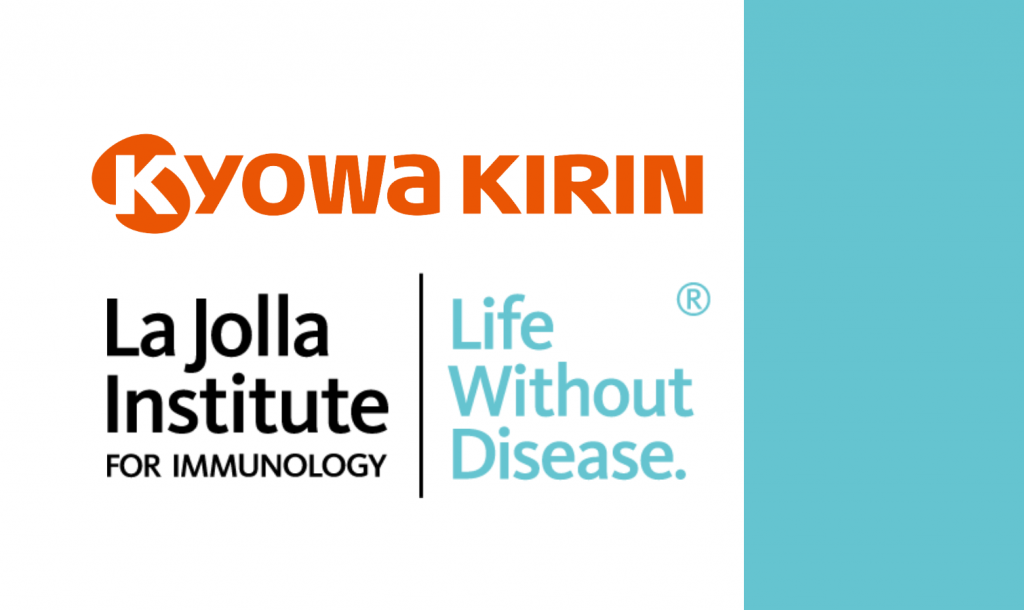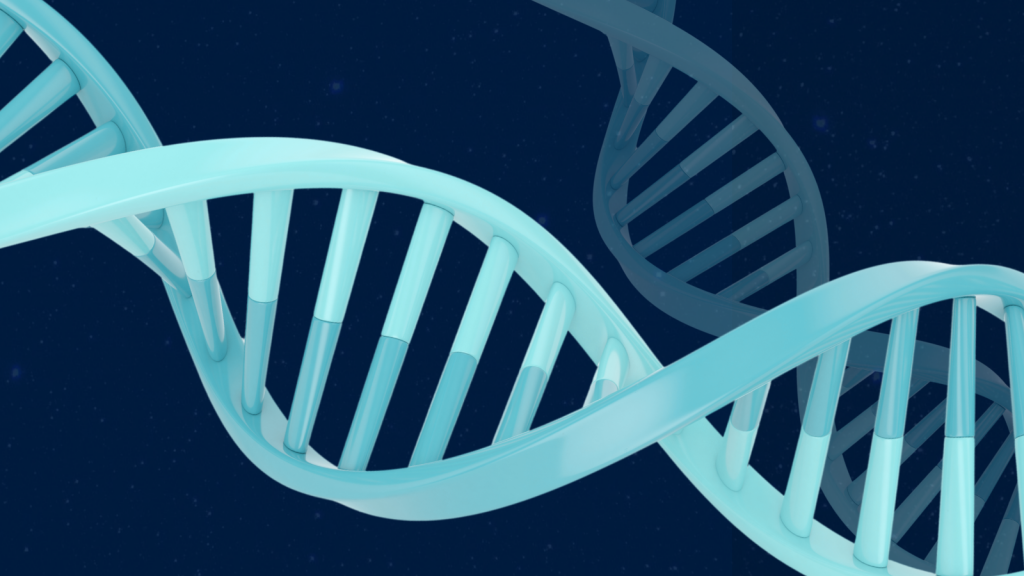Cockroach Allergy:
The Sette lab is working to identify the sites on allergen molecules that
trigger an inflammatory immune response. This effort includes research into cockroach allergy,
which is a major contributor to asthma development in urban settings. As part of a large NIH-
funded effort to develop immunotherapies for this allergy (the Inner City Asthma Consortium, or
ICAC), the Sette lab has identified dominant epitopes to characterize T cell responses in allergic
individuals before and after immunotherapy and decipher mechanisms of action.
Allergy Seasonality:
In a large effort supported by a consortium grant from NIAID, the Sette
group is collaborating with the Peters and Vijayanand labs to test the hypothesis that different
stages (in-season versus out-of-season), types (rhinitis versus asthma), and severities of
allergic disease are associated with not only differential magnitude of T cell responses, but also
distinctive patterns in terms of the T cell subsets involved and their interactions. This work
focuses on three important allergens, namely timothy grass, house dust mite (HDM), and cat
dander. One set of these studies is characterizing responses in moderate/severe and mild
asthmatics, and contrast them with those observed in non-asthmatic individuals suffering from
allergic rhinitis. To examine the effect of seasonality, we are comparing T cell responses both
in- and out-of-season between allergic and non-allergic individuals.
Selected References
Schulten V, Frazier A, Calatroni A, Kattan M, Bacharier LB, O’Connor GT, Sandel MT, Wood RA, Wheatley LM, Togias A, Visness CM, Dresen A, Gern JE, Sette A. The association of allergic sensitization patterns in early childhood with disease manifestations and immunological reactivity at 10 years of age. Clin Exp Allergy. 2019 Aug;49(8):1087-1094. doi: 10.1111/cea.13406. Epub 2019 May 29. PubMed PMID: 31046157; PubMed Central PMCID: PMC6896992.
Glesner J, Filep S, Vailes LD, Wünschmann S, Chapman MD, Birrueta G, Frazier A, Jeong KY, Schal C, Bacharier L, Beigelman A, Busse P, Schulten V, Sette A, Pomés A. Allergen content in German cockroach extracts and sensitization profiles to a new expanded set of cockroach allergens determine in vitro extract potency for IgE reactivity. J Allergy Clin Immunol. 2019 Apr;143(4):1474-1481.e8. doi: 10.1016/j.jaci.2018.07.036. Epub 2018 Aug 28. PubMed PMID: 30170124; PubMed Central PMCID: PMC6395535.
Birrueta G, Frazier A, Pomés A, Glesner J, Filep S, Schal C, Jeong KY, McMurtrey C, Vander Schans T, Hildebrand WH, Busse P, Beigelman A, Bacharier LB, Peters B, Sette A, Schulten V. Variability in German Cockroach Extract Composition Greatly Impacts T Cell Potency in Cockroach-Allergic Donors. Front Immunol. 2019 Feb 27;10:313. doi: 10.3389/fimmu.2019.00313. eCollection 2019. PubMed PMID: 30891032; PubMed Central PMCID: PMC6413722.
Skevaki C, Hudemann C, Matrosovich M, Möbs C, Paul S, Wachtendorf A, Alashkar Alhamwe B, Potaczek DP, Hagner S, Gemsa D, Garn H, Sette A, Renz H. Influenza-derived peptides cross-react with allergens and provide asthma protection. J Allergy Clin Immunol. 2018 Sep;142(3):804-814. doi: 10.1016/j.jaci.2017.07.056. Epub 2017 Nov 10. PubMed PMID: 29132960.
da Silva Antunes R, Pham J, McMurtrey C, Hildebrand WH, Phillips E, Mallal S, Sidney J, Busse P, Peters B, Schulten V, Sette A. Urinary Peptides As a Novel Source of T Cell Allergen Epitopes. Front Immunol. 2018 Apr 26;9:886. doi: 10.3389/fimmu.2018.00886. eCollection 2018. PubMed PMID: 29755469; PubMed Central PMCID: PMC5932195.
Pham J, Oseroff C, Hinz D, Sidney J, Paul S, Greenbaum J, Vita R, Phillips E, Mallal S, Peters B, Sette A. Sequence conservation predicts T cell reactivity against ragweed allergens. Clin Exp Allergy. 2016 Sep;46(9):1194-205. doi: 10.1111/cea.12772. Epub 2016 Jul 26. PubMed PMID: 27359111; PubMed Central PMCID: PMC5007187.
Hinz D, Seumois G, Gholami AM, Greenbaum JA, Lane J, White B, Broide DH, Schulten V, Sidney J, Bakhru P, Oseroff C, Wambre E, James EA, Kwok WW, Peters B, Vijayanand P, Sette A. Lack of allergy to timothy grass pollen is not a passive phenomenon but associated with the allergen-specific modulation of immune reactivity. Clin Exp Allergy. 2016 May;46(5):705-19. doi: 10.1111/cea.12692. PubMed PMID: 26662458; PubMed Central PMCID: PMC4846575.
Dillon MB, Schulten V, Oseroff C, Paul S, Dullanty LM, Frazier A, Belles X, Piulachs MD, Visness C, Bacharier L, Bloomberg GR, Busse P, Sidney J, Peters B, Sette A. Different Bla-g T cell antigens dominate responses in asthma versus rhinitis subjects. Clin Exp Allergy. 2015 Dec;45(12):1856-67. doi: 10.1111/cea.12643. PubMed PMID: 26414909; PubMed Central PMCID: PMC4654660.
Hinz D, Oseroff C, Pham J, Sidney J, Peters B, Sette A. Definition of a pool of epitopes that recapitulates the T cell reactivity against major house dust mite allergens. Clin Exp Allergy. 2015 Oct;45(10):1601-12. doi: 10.1111/cea.12507. PubMed PMID: 25652035; PubMed Central PMCID: PMC4526447.
Schulten V, Tripple V, Sidney J, Greenbaum J, Frazier A, Alam R, Broide D, Peters B, Sette A. Association between specific timothy grass antigens and changes in TH1- and TH2-cell responses following specific immunotherapy. J Allergy Clin Immunol. 2014 Nov;134(5):1076-83. doi: 10.1016/j.jaci.2014.05.033. Epub 2014 Jul 16. PubMed PMID: 25042980; PubMed Central PMCID: PMC4253970.
Schulten V, Greenbaum JA, Hauser M, McKinney DM, Sidney J, Kolla R, Lindestam Arlehamn CS, Oseroff C, Alam R, Broide DH, Ferreira F, Grey HM, Sette A, Peters B. Previously undescribed grass pollen antigens are the major inducers of T
helper 2 cytokine-producing T cells in allergic individuals. Proc Natl Acad Sci U S A. 2013 Feb 26;110(9):3459-64. doi: 10.1073/pnas.1300512110. Epub 2013 Feb 11. Erratum in: Proc Natl Acad Sci U S A. 2013 Mar 26;110(13):5269. Ferreira-Briza, Fatima [corrected to Ferreira, Fatima]. Proc Natl Acad Sci U S A. 2013 May 21;110(21):8750. PubMed PMID: 23401558; PubMed Central PMCID: PMC3587276.
Oseroff C, Sidney J, Tripple V, Grey H, Wood R, Broide DH, Greenbaum J, Kolla R, Peters B, Pomés A, Sette A. Analysis of T cell responses to the major allergens from German cockroach: epitope specificity and relationship to IgE production. J Immunol. 2012 Jul 15;189(2):679-88. doi: 10.4049/jimmunol.1200694. Epub 2012 Jun 15. PubMed PMID: 22706084; PubMed Central PMCID: PMC3392449.
Oseroff C, Sidney J, Kotturi MF, Kolla R, Alam R, Broide DH, Wasserman SI, Weiskopf D, McKinney DM, Chung JL, Petersen A, Grey H, Peters B, Sette A. Molecular determinants of T cell epitope recognition to the common Timothy grass allergen. J Immunol. 2010 Jul 15;185(2):943-55. doi: 10.4049/jimmunol.1000405. Epub 2010 Jun 16. PubMed PMID: 20554959; PubMed Central PMCID: PMC3310373.




